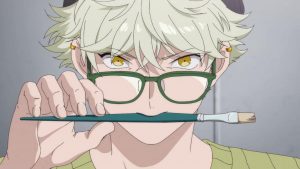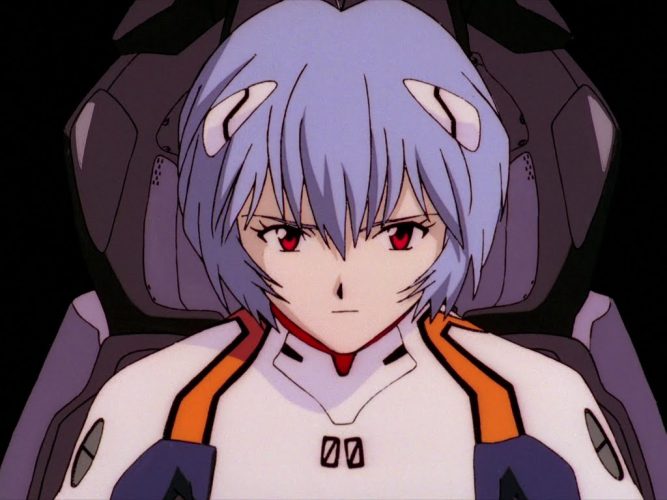
Although many of the foundations of the cyberpunk subgenre first appeared in the 1960s and 70s in the works of mostly American and British authors like Philip K. Dick and J. G. Ballard, Japanese cyberpunk emerged in the early 1980s as the subgenre was solidifying in the West and has been similarly important and influential in developing what we think of as cyberpunk today. Let’s plug into that legacy as we explore the fascinating world of Japanese cyberpunk with an emphasis on anime and manga.
Precursors and Emergence
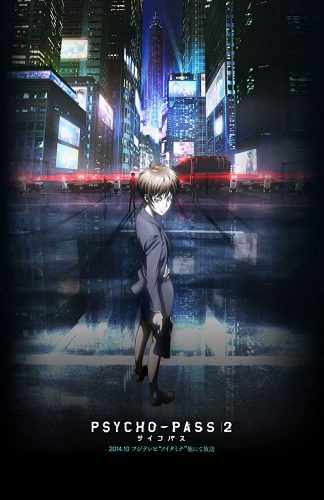
One of the biggest differences between Japanese and Western cyberpunk are its influences. While Western cyberpunk was largely established by New Wave science-fiction literature, Japanese cyberpunk drew inspiration from its own contemporary underground punk music subculture of the 1970s that was brought to mainstream attention through student films like Ishii Gakuryu (aka Ishii Sogo)’s Panic High School and Crazy Thunder Road that were picked up by major studios Nikkatsu and Toei respectively for distribution. The latter of these is centered around biker gangs and was a direct influence on the first major Japanese cyberpunk work: Akira.
Akira
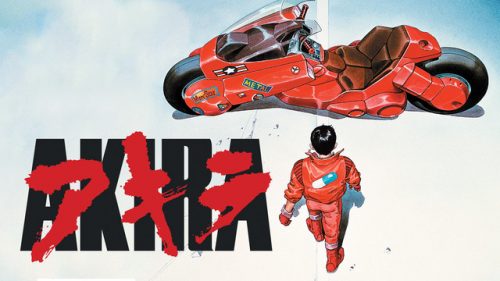
Otomo Katsuhiro’s masterpiece manga Akira made its debut the same year as Ridley Scott’s Blade Runner and would be similarly noteworthy for cementing cyberpunk themes, aesthetics, and genre conventions as well as just being a phenomenal manga in its own right that explored relevant societal issues of government corruption and inefficiency, youth alienation and rebellion, and the dangers of reckless development and misuse of technology.
With the main cast being teenage members of a biker gang incorporating styles and nihilistic attitudes drawn from real-world subcultures reacting to modern issues, the dystopian society of Akira felt very contemporary despite its then futuristic setting and tapped into Japanese cultural experiences such as the dropping of the atomic bombs and explosive postwar economic growth and societal change. Needless to say, the groundbreaking anime adaptation of Akira in 1988 remains a huge part of the cultural landscape of cyberpunk, paving the way for many other influential Japanese works as well as popularizing both the subgenre and anime itself in the West.
Post-Akira Japanese Cyberpunk
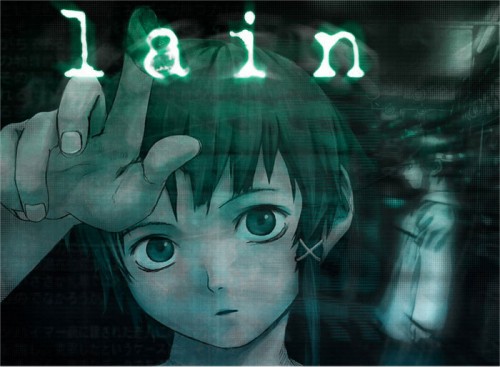
Akira’s success inspired a new wave of Japanese cyberpunk media through the 80s and 90s, particularly anime and manga, with some notable examples being Ghost in the Shell, Appleseed, Gunnm (Battle Angel Alita), and Serial Experiments Lain, as well as genre hybrids like space-western Cowboy Bebop and Neon Genesis Evangelion. Live-action works like Tsukamoto Shinya’s cult body horror film Tetsuo: The Iron Man and Fukui Shojin’s equally bizarre 964 Pinocchio showed an even darker and more experimental side of Japanese cyberpunk and also call back to the underground films and culture that inspired the subgenre in the first place. Likewise, video games like Kojima Hideo's Snatcher, Atlus' Megami Tensei series, and SquareSoft’s Final Fantasy VII took major inspiration from the cyberpunk works.
Since the 90s, Japanese cyberpunk works haven’t stopped being made with some classics like Ghost in the Shell still ongoing along with newer popular series like Un-Go and Psycho-Pass. Although it’s fair to say that the explosive interest in the subgenre shortly following Akira has died down to some extent, cyberpunk remains a relevant and influential part of science fiction in Japan and elsewhere. Japanese cyberpunk in particular has notably inspired many prominent Western properties like the Wachowskis’ Matrix trilogy, which would later lead to The Animatrix to make that connection even more obvious, to say nothing of recent Hollywood reboots.
Quirks and Hallmarks of Japanese Cyberpunk
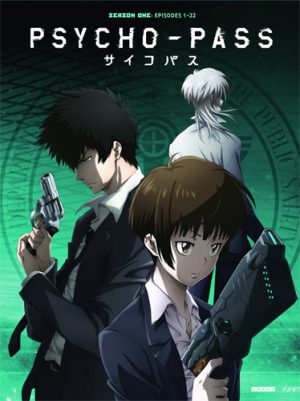
Although there is a lot of common ground, when compared to Western cyberpunk media, Japanese cyberpunk stands out beyond having more notable works being animated. For one thing, many Japanese stories follow law enforcement or military officers like police major Kusanagi and her team in Ghost in the Shell, enforcer Shinya and inspector Akane from Psycho-Pass, and Bubblegum Crisis’ AD Police team of heroines, whereas Western protagonists are typically individuals, often criminal antiheroes, fighting against a corrupt system. Generally speaking, you could say that Japanese cyberpunk heroes tend to change society from within the system while western cyberpunk seeks to subvert and destroy it, although there are exceptions.
Biomechanical body horror and questions of losing, or sometimes finding, humanity/oneself through cybernetic implants, digital consciousness, etc. also seem to be explored more frequently in Japanese cyberpunk. Somewhat amusingly, many depictions of cyberpunk cities in both Japanese and Western media are clearly inspired by the extremely dense cityscapes of Hong Kong and its infamous Kowloon Walled City but have been “Japanified”, most noticeably with glowing Japanese signs everywhere and things like Blade Runner’s giant Geisha advertisements. This gives these settings an otherworldly feel for both audiences and has largely persisted, giving us things like upcoming video game Cyberpunk 2077’s humorous HOテル sign.
Final Thoughts
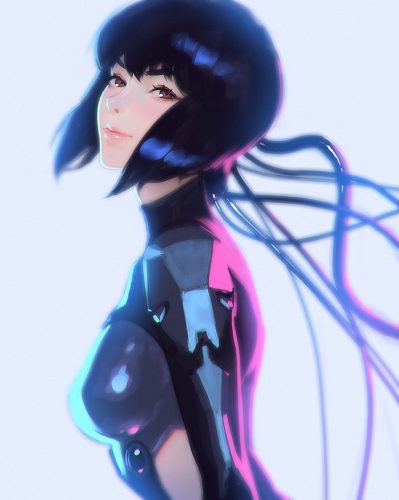
In essence, the things that make Japanese cyberpunk stand out are just extensions of Japanese culture as a whole amplified by Japan’s unique place as the most prominent rising technological and cultural superpower of the time when the cyberpunk subgenre was solidified. William Gibson perhaps said it most succinctly, “Modern Japan simply was cyberpunk.” Do you agree? Let us know what you think in the comments section below along with your favorite Japanese cyberpunk works! Until next time, be sure to stick around Honey’s for more of all things awesome, anime and otherwise! See ya~
Recommended Post


